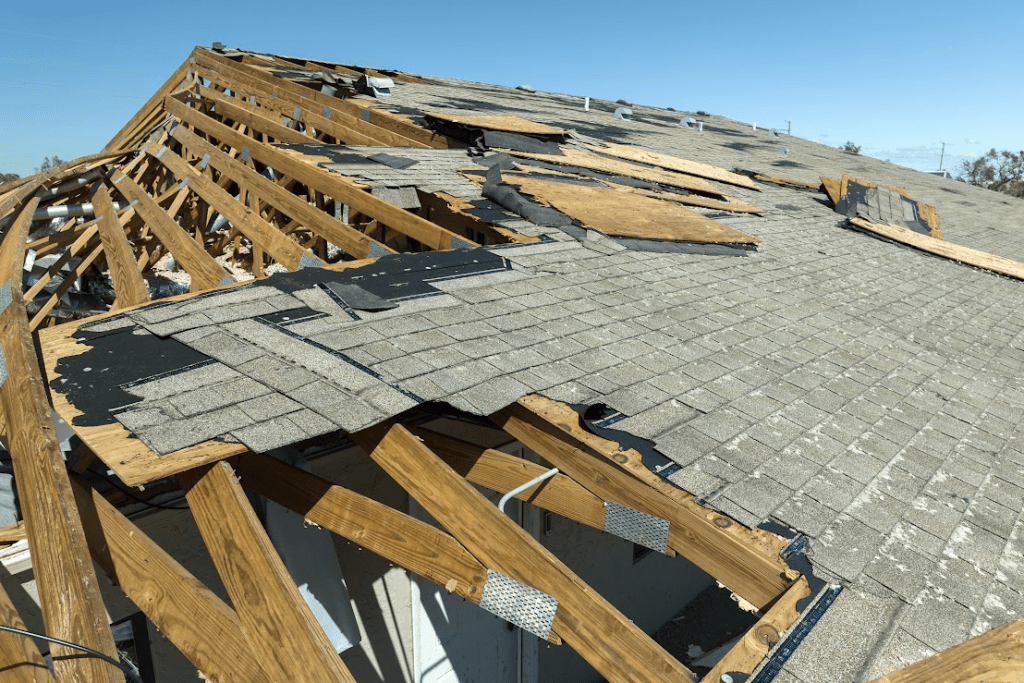
When a storm hits, the aftermath can be overwhelming—damaged roofs, fallen trees, broken windows, and water intrusion can bring life to a standstill. One of the most common questions homeowners ask is: How long does storm damage restoration take? The answer isn’t always straightforward, as it depends on the severity and type of damage, the materials involved, and how quickly restoration services can be deployed. However, understanding the general timeline and what influences it can help you prepare mentally, financially, and logistically.
Initial Assessment Phase in Storm Damage Restoration
The storm damage restoration process begins with a comprehensive inspection and damage assessment. This inspection typically takes place within 24 to 72 hours after the storm has passed, depending on accessibility and the availability of the restoration team. During this phase, professionals examine the entire structure—roof, siding, windows, gutters, attic, and interior spaces—for visible and hidden damage. Detailed documentation, including photographs and written reports, is gathered for insurance claims. If the property is deemed unsafe, emergency steps such as boarding up windows or tarping the roof may be taken immediately. The quicker this step is done, the sooner roof repairs can begin.
What Emergency Repairs Look Like in Storm Damage Restoration
Once the initial assessment is complete, the next stage in storm damage restoration is implementing emergency repairs to prevent further damage. These repairs may include tarping holes in the roof, boarding broken windows, or extracting standing water inside the home. These measures are usually completed within 24 to 48 hours of the initial inspection, especially if water damage is involved. Temporary fixes are crucial because they stabilize the structure and minimize additional costs from mold, rot, or secondary impacts. While they don’t constitute final repairs, they serve as an essential bridge between damage and complete restoration.
Filing Insurance Claims Delays Storm Damage Restoration
The insurance claims process is a significant variable in how long storm damage restoration takes. While some policies allow for quick online claims and automated adjustments, others require in-person inspections and back-and-forth communication that can slow progress. Typically, it takes one to two weeks for insurance adjusters to complete their evaluations and approve funding. Restoration companies often need this approval before proceeding with significant work, especially when it involves roof replacement or structural repairs.
Structural Repairs in Storm Damage Restoration
Once insurance is approved and materials are on-site, structural repairs begin. These are the most time-consuming aspects of storm damage restoration and can take anywhere from several days to a few weeks, depending on the extent of the damage. If your roof needs to be replaced, the framing or decking needs to be redone, or the primary support beams require reinforcement, the project timeline may be extended accordingly. During this phase, professional crews ensure that everything is returned to code, often improving upon the original construction. While the wait can be frustrating, rushing structural repairs is never advisable—it’s better to get it right than to rush.
Roofing Work in the Storm Damage Restoration Timeline
For many homes, the roof often bears the brunt of storm damage, making it a top priority in any restoration plan. Roofing work, including removing old shingles, replacing underlayment, decking repairs, and installing new shingles, can take anywhere from two to seven days. Weather plays a significant role in this part of the storm damage restoration process—rain or wind can cause unavoidable delays. Additionally, the availability of roofing materials may impact how quickly the job can begin. Experienced roofing contractors are skilled in efficiently organizing these phases to minimize time and resource waste.
Window and Siding Repairs in Storm Damage Restoration
After a severe storm, windows and siding are often among the most visibly impacted home parts. Addressing these exterior elements promptly is essential to restore structural integrity, prevent further weather intrusion, and maintain the home’s overall appearance.
Window Replacements
Replacing storm-damaged windows typically takes one to three days, depending on the number of windows that need replacement and whether custom sizing is required. Proper window installation also helps prevent future leaks and restores the home’s energy efficiency.
Siding Restoration
Siding repairs may take several days to over a week, depending on the size of the home, the extent of the damage, and the availability of matching materials. Replacing damaged siding not only protects the structure but also restores curb appeal.
Parallel Project Scheduling
These exterior elements are often repaired in conjunction with interior work, helping to reduce the overall storm damage restoration timeline. Coordinating crews across tasks can expedite completion and minimize disruptions to your daily routine.
Interior Storm Damage Restoration and Water Mitigation
Interior storm damage is often linked to water intrusion, which brings with it a range of additional concerns, including mold, damaged drywall, warped floors, and compromised insulation. Water mitigation usually begins immediately after emergency services are complete, with drying equipment and dehumidifiers set up to remove moisture from walls and flooring. This process alone can take three to five days. Once the area is dry and inspected, repairs such as drywall replacement, painting, flooring installation, and insulation can begin. Depending on the extent of the damage, interior restoration can add one to three weeks to the timeline.

Mold Remediation Adds Time to Storm Damage Restoration
If water damage goes untreated for even 24 to 48 hours, mold growth can begin—particularly in hidden areas like insulation, framing, or crawlspaces. Mold remediation is a specialized part of storm damage restoration and must be handled carefully to protect occupant health. This process includes containment, removal, air filtration, and clearance testing, and it can take anywhere from three days to several weeks, depending on severity. While it adds time to the overall restoration, skipping or rushing mold removal can lead to significant problems. Hiring a licensed team ensures proper protocols and safety are maintained.
Permits and Inspections Affect Storm Damage Restoration Schedules
Depending on your municipality, permits may be required before work begins or during specific phases of restoration. Waiting on permit approval can delay your project by days or even weeks, especially during peak storm seasons when local agencies are overwhelmed. Finally, inspections are often required before a restoration can be considered complete. These must be scheduled and passed to ensure the repairs meet building codes and safety standards. Our contractors are familiar with local permitting processes and can help navigate these hurdles quickly and correctly.
Material Availability and Contractor Workload Impact Timelines
The availability of materials and labor is another significant factor in determining the duration of storm damage restoration. After widespread storms, demand for shingles, siding, plywood, and skilled labor can outpace supply. If your contractor has access to a reliable supply chain and in-house crews, this can significantly shorten wait times. However, shortages or backorders may cause delays of several weeks for your project. Booking with a reputable restoration company early—especially one with established vendor relationships—can mean the difference between a quick turnaround and extended delays.
Seasonal Weather Can Slow Storm Damage Restoration
Ironically, the same weather patterns that caused the original storm damage can delay restoration. Rain, wind, or freezing temperatures may prevent roofing or exterior work from being done safely. Restoration teams must strike a balance between urgency and safety, often adjusting their schedules based on short-term forecasts. Homeowners should plan for potential delays during hurricane season or winter months when unpredictable weather is more common. Flexibility and planning are key to keeping your project on track despite environmental challenges.
Tips to Accelerate Storm Damage Restoration
Clear, consistent communication between you, your contractor, and your insurance provider is key to avoiding missteps and misunderstandings. The more engaged you are throughout the storm damage restoration process, the smoother and faster the recovery will be.
Document Damage Early
Take detailed photos and notes immediately after the storm to streamline insurance claims and avoid back-and-forth with adjusters. Clear documentation helps ensure you receive the full coverage you’re entitled to without unnecessary delays.
Contact a Contractor Immediately
Contacting our licensed restoration company promptly increases your chances of being scheduled before backlogs begin. Early communication also allows us to assess the damage promptly and implement protective measures quickly.
Stay Available and Informed
Responding promptly to inspection requests or approvals can help prevent unnecessary delays during storm damage restoration. Being reachable ensures that decisions are made in real-time, keeping your project on track.

Duration of Storm Damage Restoration
Storm damage restoration is never a one-size-fits-all process. The scope of damage, insurance procedures, weather conditions, and contractor efficiency all play a role in determining how long it takes. While smaller jobs may take a week or two, larger restorations can stretch into months, especially when mold or structural damage is involved. What matters most is having a trusted team to guide you through each step, keeping the project moving and your stress at a low level. We help you rebuild structures and peace of mind—on time and with care.
To learn how long storm damage restoration takes, visit our Faircloth Roofing Inc. blog.






